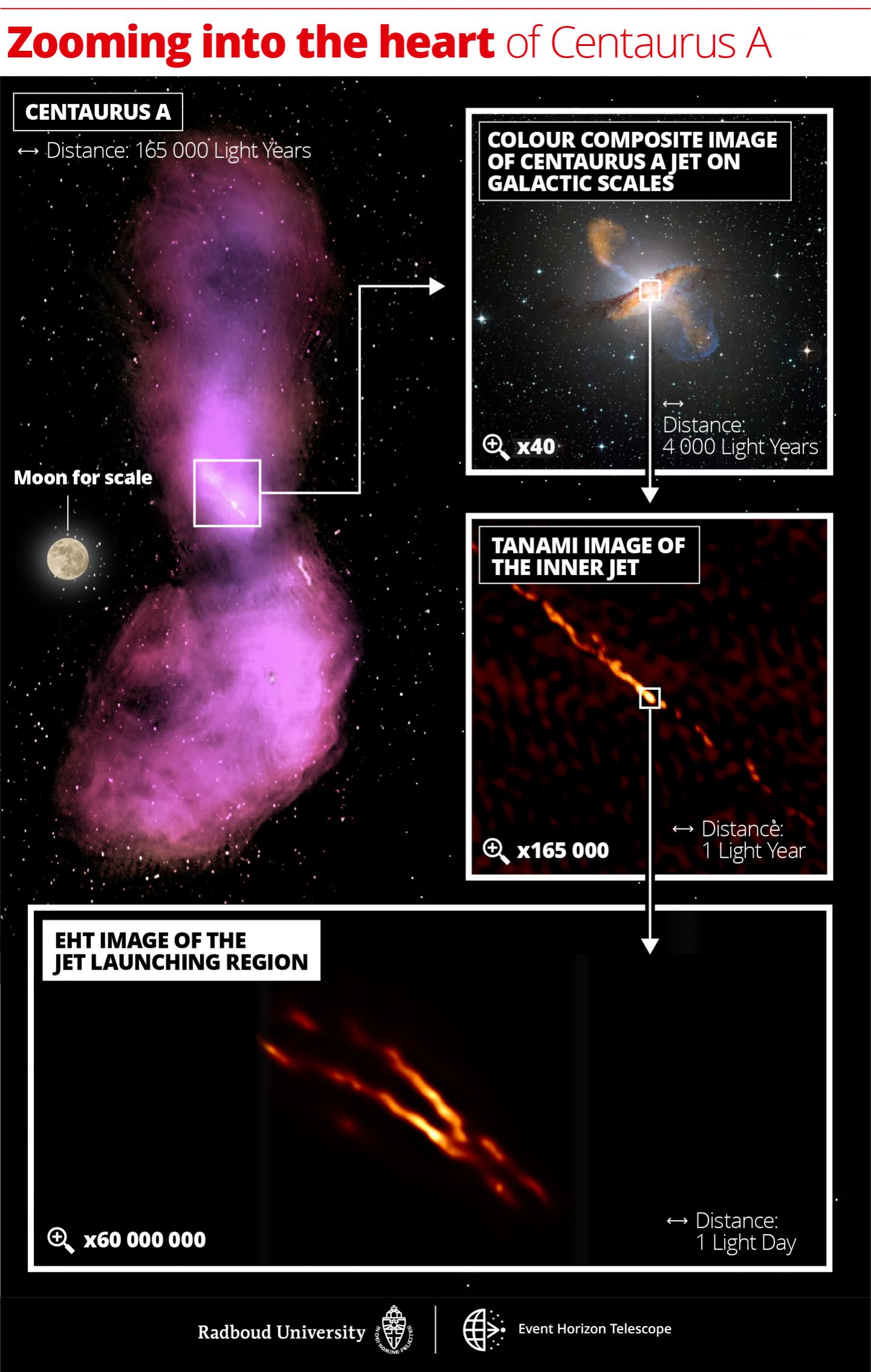Astronomers get unprecedented look at nearby galaxy – and see ‘monstrous’ jet launched by supermassive black hole
Your support helps us to tell the story
From reproductive rights to climate change to Big Tech, The Independent is on the ground when the story is developing. Whether it's investigating the financials of Elon Musk's pro-Trump PAC or producing our latest documentary, 'The A Word', which shines a light on the American women fighting for reproductive rights, we know how important it is to parse out the facts from the messaging.
At such a critical moment in US history, we need reporters on the ground. Your donation allows us to keep sending journalists to speak to both sides of the story.
The Independent is trusted by Americans across the entire political spectrum. And unlike many other quality news outlets, we choose not to lock Americans out of our reporting and analysis with paywalls. We believe quality journalism should be available to everyone, paid for by those who can afford it.
Your support makes all the difference.Astronomers have captured an unprecedented look at nearby radio galaxy Centaurus A, seeing a “monstrous” jet being unleashed by its supermassive black hole.
The research suggests that black holes do behave similarly, even when they are wildly different masses.
The new pictures come from the Event Horizon Telescope (EHT) collaboration, who famously captured the first ever image of a black hole in the galaxy known as M87. While that image gave major new insights into the behaviour of black holes, it has remained unclear whether those findings would also apply to less massive or vigorous ones.
Now scientists have turned radio telescopes towards another example, looking at a galaxy that is less massive than M87 and a supermassive black hole that accumulates less material than its one.
When examined through radio wavelengths, the nearby galaxy known as Centaurus A shines out as one of the biggest and brightest objects in the sky.
It has become a particular favourite of astronomers for study, after it was identified as a radio source in 1949. Astronomers have looked at it in detail through a range of observatories, examining it through radio, infrared, optical, X-ray, and gamma-rays.
Those examinations have shown that at the heart of Centaurus A dwells a vast black hole, as massive as 66 million suns. The new research relies on data that allows astronomers to see that balck hole in more detail than ever.

“This allows us for the first time to see and study an extragalactic radio jet on scales smaller than the distance light travels in one day. We see up close and personally how a monstrously gigantic jet launched by a supermassive black hole is being born”, said astronomer Michael Janssen.
The data gathered as part of the research shows the jet 10 times higher frequency and 16 times sharper resolution, the researchers say. The precise detail means that the source of the radio waves can be precisely traced to its position within the black hole.
He led the research which is published today in Nature Astronomy, under the title ‘Event Horizon Telescope observations of the jet launching and collimation in Centaurus A’.
Join our commenting forum
Join thought-provoking conversations, follow other Independent readers and see their replies
Comments